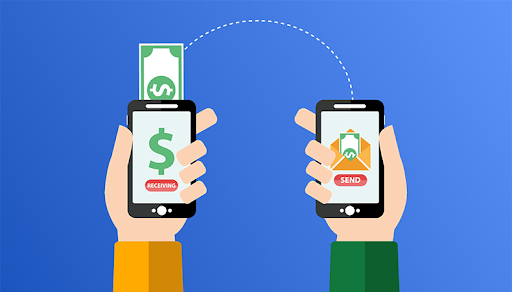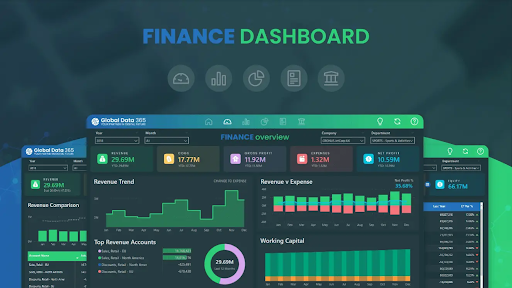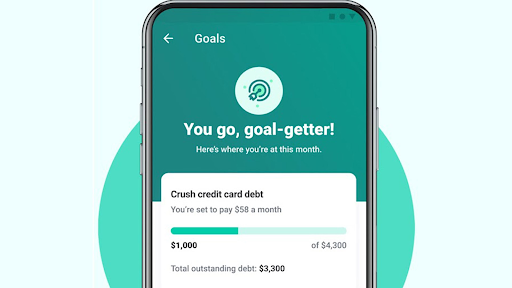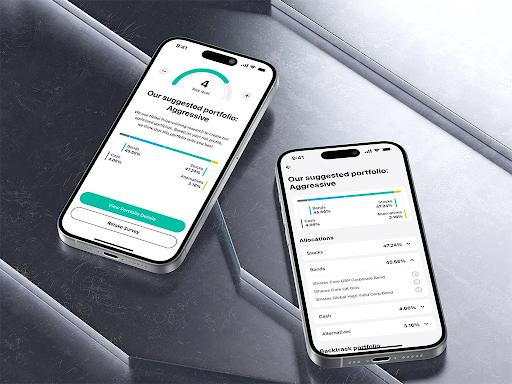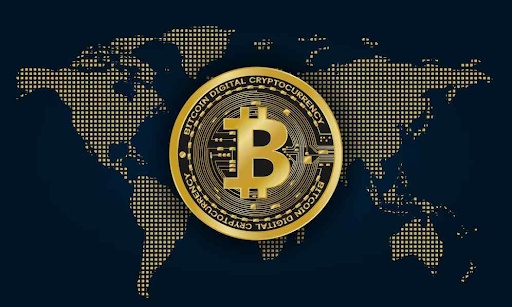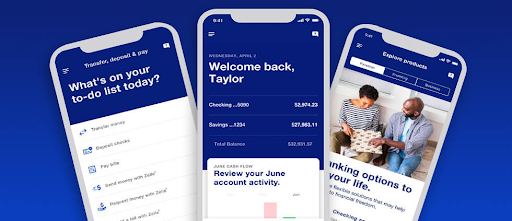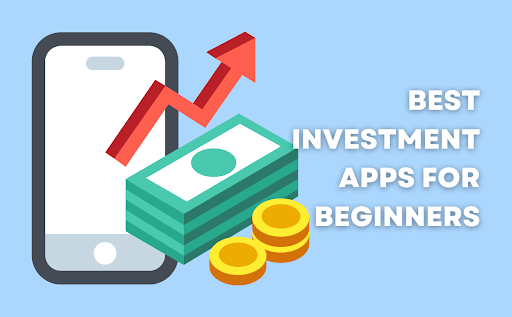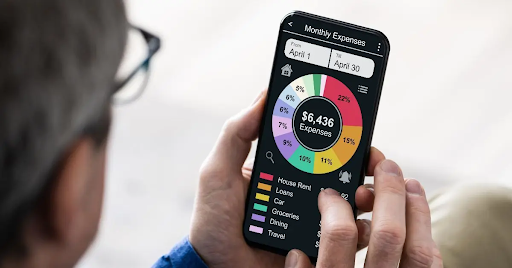Remember when “settling up” with friends involved digging for cash, waiting for a check to clear, or dealing with awkward IOUs? Thanks to peer-to-peer (P2P) payment apps, those days are largely over. These indispensable finance technology apps have revolutionized how U.S. residents send and receive money, making it instant, seamless, and incredibly convenient. Whether you’re splitting a dinner bill, sending a gift, or reimbursing a friend for concert tickets, P2P payment apps are the go-to solution.
As of mid-2025, P2P payment services are deeply integrated into consumer life in the U.S. Popular apps like Venmo, Cash App, PayPal, and Zelle facilitate billions of dollars in transactions annually, highlighting their critical role in modern personal finance. Let’s explore how these apps work, their benefits, and what to look for when choosing the best one for your needs.
How Peer-to-Peer Payment Apps Work
P2P payment apps act as digital intermediaries, allowing you to transfer money directly from your bank account, debit card, or credit card to another person’s account within the same app. The process is generally straightforward:
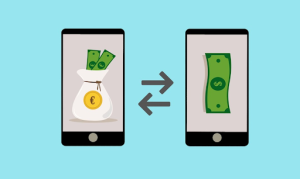
- Download and Set Up: Download your chosen P2P app and create an account. You’ll typically link your bank account or a debit/credit card as your funding source.
- Find the Recipient: Locate the person you want to send money to using their unique username, phone number, or email address associated with their app account.
- Initiate Transfer: Enter the amount you wish to send, add a memo or note (e.g., “Dinner last night!”), and confirm the transaction.
- Funds Transfer: The app facilitates the transfer. Depending on the app and funding source, funds can move instantly or take a few business days to clear.
- Recipient Accesses Funds: The recipient can then keep the funds within their app balance for future use or transfer them to their linked bank account.
The Benefits of Using P2P Payment Apps
The popularity of P2P apps stems from their numerous advantages for U.S. consumers:
- Unrivaled Convenience: Send or receive money anytime, anywhere, with just a few taps on your smartphone. No need for ATMs, checks, or carrying cash.
- Speed: Many transfers are instant, especially when sending money to another user within the same app or when using bank-backed services like Zelle.
- Ease of Use: User interfaces are typically intuitive, making the process simple even for those who are not tech-savvy.
- Bill Splitting: Features designed for splitting expenses make it easy to divide costs for meals, rent, or group activities.
- Reduced Fees (Often Free): Most personal P2P transactions funded by a linked bank account or app balance are free. Fees typically apply for instant transfers from the app balance to a bank, or for transfers funded by a credit card.
- Social Integration: Apps like Venmo offer a social feed (optional) where you can see (or hide) transactions between friends, adding a community aspect.
Top Peer-to-Peer Payment Apps in the U.S.
The P2P payment market in the U.S. is dominated by a few key players, each with its unique strengths:
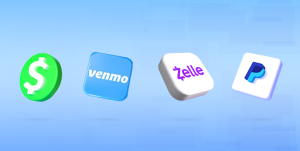
- Zelle:
- Best For: Fast, direct bank-to-bank transfers.
- Key Features: Integrated directly into most major U.S. bank and credit union mobile banking apps. Money moves directly into the recipient’s bank account, often within minutes, without sitting in a third-party app balance.
- Considerations: Primarily for bank-to-bank transfers, less focused on a separate app experience; you can only send money to recipients enrolled in Zelle.
- Venmo:
- Best For: Social money sharing among friends, particularly popular with younger demographics.
- Key Features: Social feed (optional), split expense feature, free optional debit card to spend Venmo balance, allows direct deposit of paychecks. Owned by PayPal.
- Considerations: Standard transfers from Venmo balance to bank account are free but can take 1-3 business days; instant transfers incur a fee (typically 1.75% as of mid-2025). Some privacy concerns if not managed correctly.
- Cash App:
- Best For: Versatile personal finance, including investing and Bitcoin.
- Key Features: Send/receive money, free optional debit card (“Cash Card”) with “Boosts” (discounts at retailers), allows users to invest in stocks and buy/sell Bitcoin.
- Considerations: Offers investment features which may be overwhelming for pure P2P users; potential for higher fees for certain transactions like instant deposits or Bitcoin purchases.
- PayPal:
- Best For: International transfers, online shopping, and established payment security.
- Key Features: Global reach (over 200 countries), high transfer limits (up to $60,000 for verified accounts), widely accepted by online merchants, multiple funding sources (bank, debit card, credit card, PayPal balance).
- Considerations: Can have fees for certain transaction types (e.g., credit card-funded payments for goods/services, international transfers).
- Apple Cash / Google Pay:
- Best For: Seamless payments within their respective ecosystems (Apple users for Apple Cash, Android users for Google Pay).
- Key Features: Integrated into messaging apps (iMessage for Apple Cash), easy to send/receive money to contacts, convenient for in-store contactless payments.
- Considerations: Primarily useful if your friends and family also use the same operating system/ecosystem.
Safety and Security Tips for P2P Payment Apps
While P2P apps are generally secure with robust encryption and authentication measures, users must also be vigilant:
- Only Send to Trusted Individuals: Treat P2P payments like cash. Once sent, funds are often difficult to recover. Only send money to people you know and trust.
- Double-Check Recipient Details: Always verify the recipient’s username, phone number, or email address before hitting “send.” A typo can send your money to a stranger.
- Enable Security Features: Utilize strong, unique passwords, biometric authentication (fingerprint, Face ID), and multi-factor authentication (MFA) whenever available.
- Be Wary of Scams: Be on the lookout for common P2P scams:
- Overpayment Scams: Someone sends you more money than owed, then asks you to send the “extra” back (the original payment often turns out to be fraudulent).
- Impersonation Scams: Someone pretends to be your bank, a business, or a friend asking for money or login details.
- Online Marketplace Scams: Be cautious when buying/selling online; use official payment protections if available, and don’t complete transactions outside of trusted platforms.
- Avoid Public Wi-Fi: Refrain from conducting financial transactions on unsecured public Wi-Fi networks.
- Monitor Your Accounts: Regularly check your P2P app and linked bank statements for any suspicious activity.
Conclusion
Peer-to-peer payment apps have fundamentally changed the way U.S. residents handle small, personal money transfers. These finance technology apps offer unmatched speed, convenience, and ease of use, making tasks like splitting meals, repaying friends, or sending quick gifts incredibly simple.
While the convenience is undeniable, it’s crucial for users to understand how these apps work and prioritize security. By choosing a reputable app, double-checking recipient details, enabling strong security features, and being aware of common scams, you can confidently embrace the power of P2P payments. They are an essential tool in modern financial management, streamlining your daily transactions and truly putting your bank in your pocket.

